For someone who wants to get into sales — you might want to check my earlier post on how Sales can be a great life Skill.
Additionally, this could also help help first time founders to help identify the right kind of first sales hire who could potentially become a great sales leader for the company.
Setting Expectations — The founders are typically the first sales people in the company, but once they have a reasonable set of customers (about 20 in my opinion), it’s time to Hire a dedicated person who can step it up and focus on sales only.
Be Hungry: Don’t be foolish.
Don’t expect Spoon feeding. Understand everything about the business.
Unlike large companies, where there is a dedicated plan for Onboarding, early stage companies cannot afford that luxury. In startups, there is no spoon feeding, don’t expect your boss or anyone else come to you to give you info that you need. One needs to be proactive and must know how to get information that will help you make yourself successful.
When I joined Qubole, I had very little knowledge about the Bigdata landscape but thanks to the brilliant engineers at Qubole and spending countless hours in asking questions, I was able to understand the product, underlying technology and also articulate, why anyone with large amounts of data on the cloud should care about Qubole.
Being the first sales hire, you don’t start with a playbook, you have to build a playbook that works for yourself.You have to close very fast, very frequently. You can only do that if you have answers to all the below questions.
1. Identifying the key personas of people who have the pain point
2. Quantify the pain point or the benefit
3. Create need
4. Create urgency
Small consistent steps, leads to big changes in your pipeline.
In my opinion, the best sales professionals have three things in common
1. They are great listeners
2. They are curious and always ask the right kind of questions.
3. They are Disciplined
When you are part of a remote sales team and you are on your own, you don’t have the luxury of learning from your peers or distributing work to other functions.The best way to learn how to sell is by selling.
Unless you are out in the field and talking to prospects and customers, you can never start. Cold calling / emailing is an effective way to gauge how well prepared you are. Sending emails that get you a response is an art and you will get there only after going through the pain.
Protip: writing emails that get noticed.
i. Be Personal and convey why that person should care.
ii. Asking a question usually helps, it brings a certain amount of authencity in wanting to understand more about how they solve a “particular problem” people have in similar industries
iii. Highlight the single most important thing your company is known for and why you should care.
iv. Always talk about low bar to enter, highlight potential risks of non action.
Doing this consistently, I was able to build a pipeline and the next part was to create opportunities from interest.
Un-qualify
The larger the pipeline, the better right. Partly correct. A better way to build is to narrow down the criterion for a prospective customer so you can focus on. While its important to go wide in the quest of an opportunity, its even more important to ask enough to weed out the ones where there is no opportunity for that quarter.
As much as qualification is an important process, quick Unqualificaton is even more important.
At Qubole — We had 5 questions that we asked in the first call that helped us identify whether or not there was an opportunity. The 5 questions helped us qualify the lead (incoming or self created) — It also saved enormous amount of time for us at events / conferences. Yes, to all questions meant that the opportunity was super-hot.
Qubole platform is used by Data Scientists, Data Analysts and Engineers and allowed people with no skills in Bigdata to implement Bigdata in production. It democratized access to data which in English means — Qubole allowed Analysts (with only SQL skill sets) to write queries against massive amounts of data, which was earlier possible only if you invested heavily in building a bigdata platform in-house or via a vendor.
Try before you buy — Always have a well-defined Proof of Concept / Paid Pilot to make it easy for your customer to decide, but make sure you are in control of the PoC.
It’s very important to define.
i. Expected outcome of the PoC (what is termed as success or failure).
ii. Expected outcome in what timeline.
iii. Who are responsible to sign off for the expected outcome in that timeline?
iv. Assuming it goes well — what is the next step? Who need to be involved and what does it take for that process to happen in parallel ( eg: Legal review, security review
We had 100% closure rate from this step onwards.
Again, highlighting the importance of Unqualificaton as it allowed us to spend enough time on the ones where the probability of closing was a lot higher.
The Close
Your job is not done until the signed document and money in the bank. Right from your first cold email to your followups to the PoC, this is what you have been waiting for.
What’s the cost of getting a Bigdata project into production 3 months earlier than their original date?
This helped us to close the deal as soon as the PoC was done. Keeping a pay as you go model meant that customers always realize the value before they pay –Which was completely opposite for competition.
Pro Tip — De-Risk the deal from the people.
If your talking to only one person in the company and the success of the deal depends on this one person (even if the person is the CEO), the deal at risk.
Get multiple people who are critical for the success of the project (project = deal to be signed) involved. Never talk to just one person in the company.
If you are doing a PoC, get the contracts vetted by the prospects legal team for identifying potential red-lines, you don’t want this to start after the PoC is done. Most legal teams take 7–10 days to get back and they don’t care about your Month end or a Quarter end quotas.
Bad News Early — One of the things I learnt very well and learnt the hard way was to convey Bad news early in the cycle. This allowed me to set expectations with my management well and seek help when people can actually help and not at the last minute when nobody can help you even if they wanted to.
This is not an exhaustive list but a few things that helped me, to hit my numbers quarter on quarter in a completely new market, where we did not have a brand name, where we had to work on creating the need and urgency.
Quit to start again.
After laying the foundation for Qubole Sales outside of US and building a million dollar business under 15 months, I quit to start Fyle along with my longtime friend and co-worker at Qubole, Siva Narayanan.
Its also a great feeling when your former boss blesses your new venture by being an angel.
Thanks Joydeep Sen Sarma, Marcy Campbell, Ashish Thusoo for an incredible opportunity !
Guest Post by Yashwanth Madhusudan, Fyle.




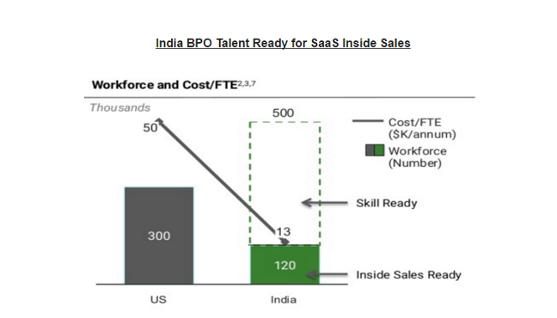



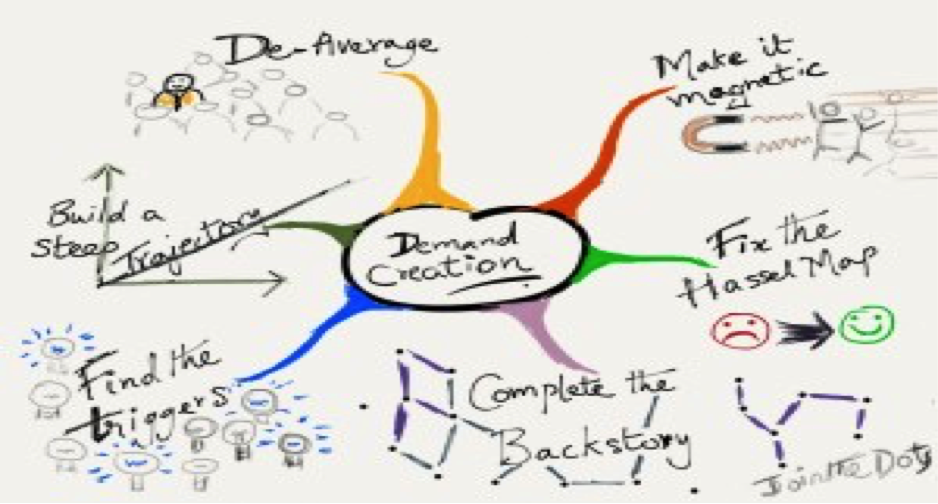
 Most every entrepreneur does things initially that don’t scale, and that’s okay to start. Pretty soon they realize that the things that made them successful enough to get initial sales and customers wont work for them to reach the next level at their startup.
Most every entrepreneur does things initially that don’t scale, and that’s okay to start. Pretty soon they realize that the things that made them successful enough to get initial sales and customers wont work for them to reach the next level at their startup.
 Overview
Overview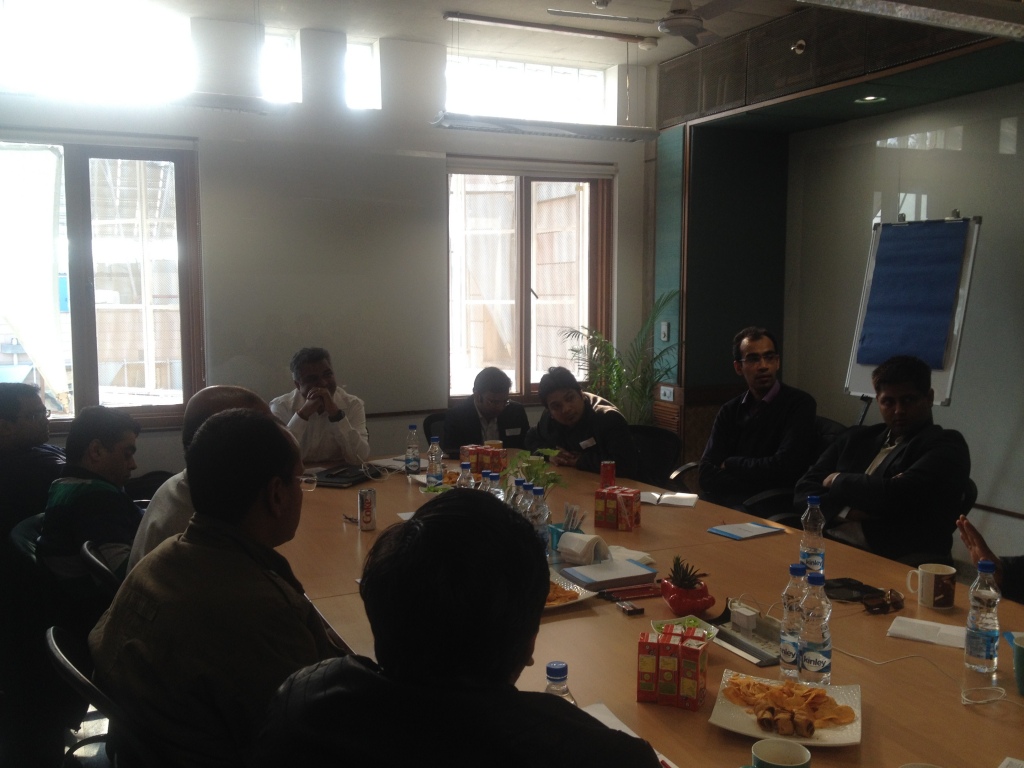 Digital vs. Feet on Street
Digital vs. Feet on Street Monopolistic Market
Monopolistic Market The high level of interest and engagement from all participants was evident as the session that planned for 3-4 hours got extended to beyond 7 hours. We finally concluded our first Roundtable for 2015 with a promise from Deepak that he will back with us in a couple of months.
The high level of interest and engagement from all participants was evident as the session that planned for 3-4 hours got extended to beyond 7 hours. We finally concluded our first Roundtable for 2015 with a promise from Deepak that he will back with us in a couple of months.
 Product Market Fit
Product Market Fit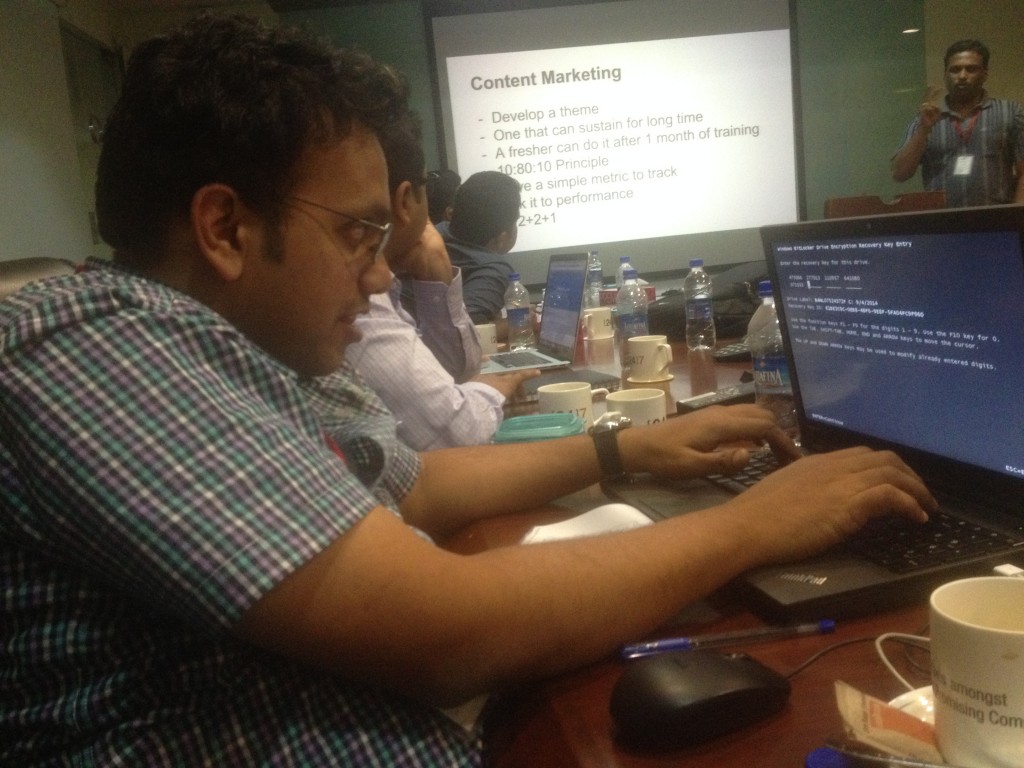 SEO
SEO
 Tools
Tools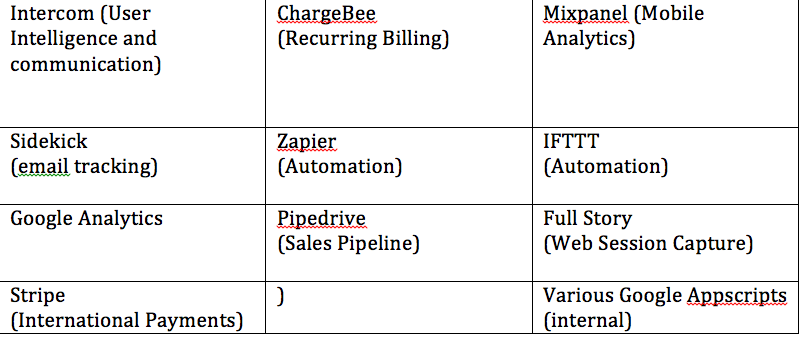
 The discussions continued post-lunch in the
The discussions continued post-lunch in the  Effective sales professionals have always been effective communicators. One way to communicate is through storytelling. We use well-crafted stories that build our credibility with prospects, and we capture not only their interest, but also their belief in our capabilities and our ability to relate to their world. Telling stories is a valuable way to connect with prospects and illustrate how our products or services can positively impact their business. We want to share stories that communicate our credibility and expertise in the field, whether they are in the form of an email, social media post, or webpage. Today, we not only need to be able to tell our stories in a conversation, we also need to be able to tell our stories online to capture the interest of our prospects.
Effective sales professionals have always been effective communicators. One way to communicate is through storytelling. We use well-crafted stories that build our credibility with prospects, and we capture not only their interest, but also their belief in our capabilities and our ability to relate to their world. Telling stories is a valuable way to connect with prospects and illustrate how our products or services can positively impact their business. We want to share stories that communicate our credibility and expertise in the field, whether they are in the form of an email, social media post, or webpage. Today, we not only need to be able to tell our stories in a conversation, we also need to be able to tell our stories online to capture the interest of our prospects.
